Chris Nashawaty’s book details the making of Caddyshack, and even more than you might figure it was, it was a total sh**show. It’s a miracle a film was ever made. You marvel and cringe your way through it, and you feel for all of the comic geniuses who could not hang on to their own lives.
Year Read: 2021
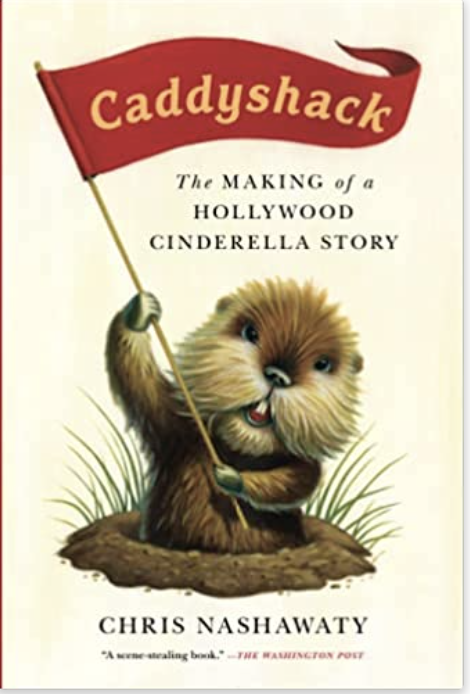
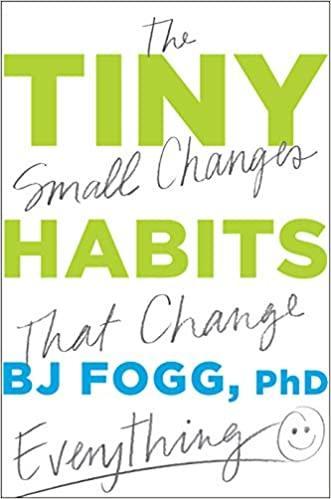
Tiny Habits: The Small Changes that Change Everything
B.J. Fogg
2019
Read: 2021
Non-Fiction
“There are only three things we can do that will create lasting change: have an epiphany, change our environment, or change our habits in tiny ways.”
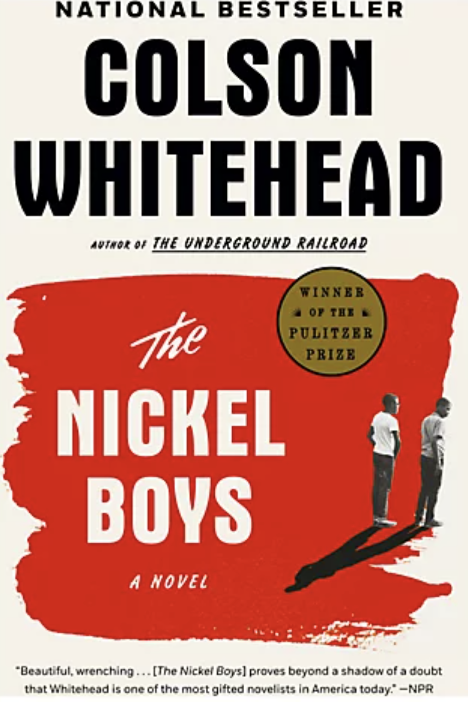
The Nickel Boys
Colson Whitehead
2019
Read: 2021
Education/Leadership, Fiction
I “read” this book via an audiobook. I love audiobooks when I am traveling, but for some reason, not while commuting. I listened to this one as I drove up and back from visiting my son up in Sacramento. It’s a historical fiction book, but it is based on research and in my mind, highly […]
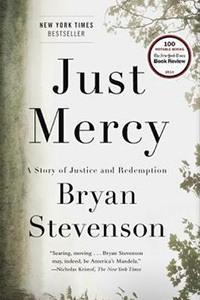
Just Mercy: A Story of Justice and Redemption
Bryan Stevenson
2014
Read: 2021
Non-Fiction
I don’t know why I have not read this book until now. But Bryan Stevenson has been someone who’s been mentioned to me by several of my friends in the last six months, and there’s a movie coming out based on this book, so many forces conspired to have me read it. And why did […]

Make Your Bed: Little Things that Can Change Your Life … and Maybe the World
Admiral William H. McRaven
2017
Read: 2021
Education/Leadership, Non-Fiction, Reading Now
I’ll get to the title of the book later. This is written about the trials and travails of life. It’s about how life can kick you in the teeth, whether or not you deserve it. He writes about Naval SEAL training and the strength you need to get through that. SEAL training prepares our young […]
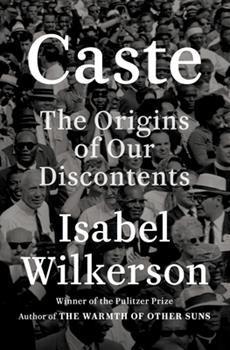
Caste: The Origins of Our Discontents
Isabel Wilkerson
2020
Read: 2021
This was a majorly eye-opening book. To me, the key to the whole book is Wilkerson’s assertion that there have been three caste societies in our last 2,000 years. One is the Indian caste system that we all read about in our textbooks with the brahmin at the top and the untouchables at the bottom. […]

The Blue Zones Kitchen: 100 Recipes to Live to 100
Dan Buettner
2019
Read: 2021
I learned about this book when I received my Blue Zones newsletter in my in box, and then I was so pleased to get the book as a gift from my friends at Beach Cities Health District. BCHD has been promoting Blue Zones for a long time. Manhattan Beach is a Blue Zones city, committed […]